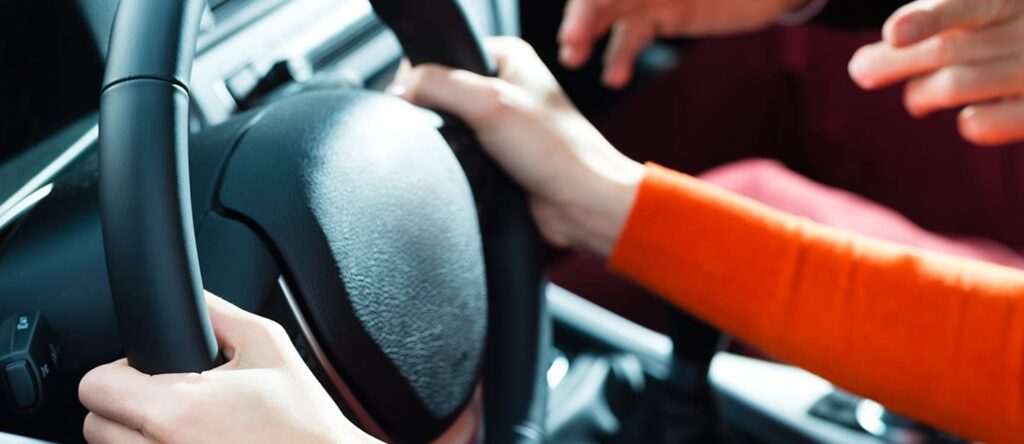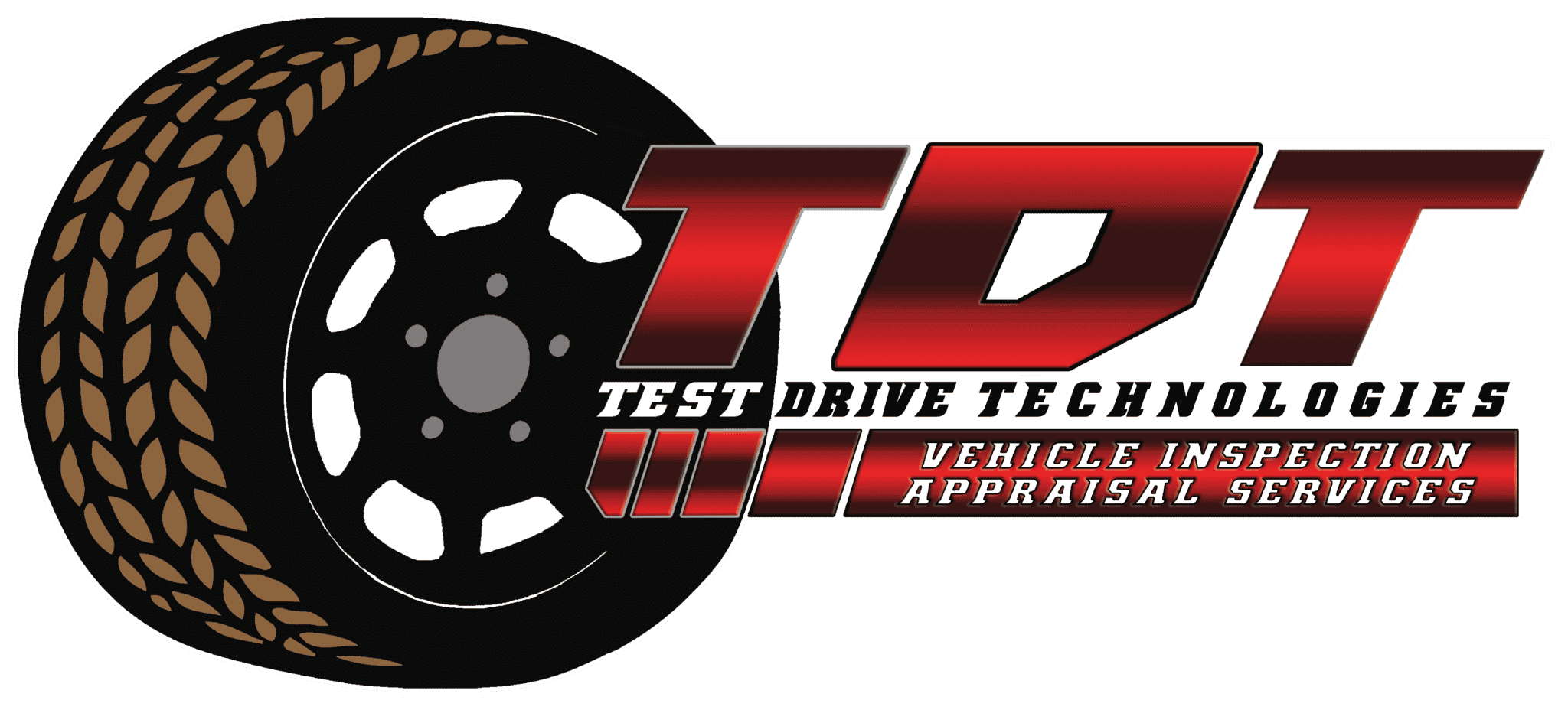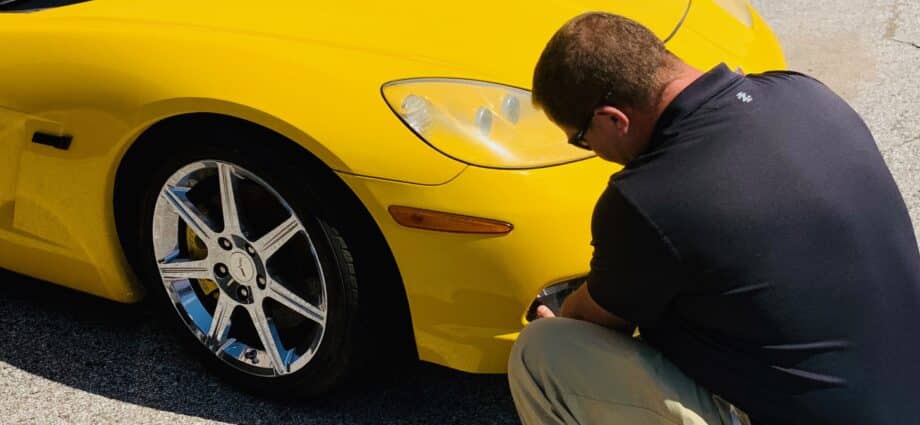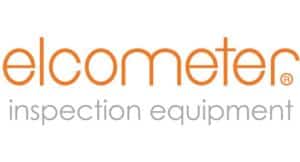Here are some crucial tips on test driving a new or used car before buying it. Did you know that an astonishing 39,300,000 used cars and light trucks are purchased in 2020 and 14,000,000 new cars and light trucks were also purchased. This does not include classic and collector cars but the everyday sedan, coupes, convertibles, minivans, and sport utility vehicles that we see every day on the road. One of the most important things you can do as a consumer is a proper test drive of any vehicle type before you buy it whether it is new or used. I am going to walk you through a step-by-step method to make sure you know what to look, feel and listen for when you are behind the wheel and sitting shotgun. Here we go!
First and foremost you should have already done a good walk-a-round inspection of the vehicle, opened the hood, checked the oil, transmission fluid, coolant, washer fluid, and even blinker fluid (just kidding, no blinker fluids that I know of yet). If you need to know how to inspect a used car then please check out some of my other articles such as this one about tire wear and what it can tell you about a car. Not too many people who are going out to purchase a used car know how the specific features and options work on the car until they get to know it so take as much time as you feel you need and don’t feel rushed by the sales associate. Their job is to push you and get the sale done as quickly as possible, remember you are in charge, and tell them to slow their roll!
Whatever key you are given to use make sure that it opens all the doors, trunk, tailgate and does what it is supposed to. I strongly urge you to do some research on the specific car or truck before you go shopping for it. There are tons of YouTube videos on how to use the features and options of vehicles. Do your homework and be prepared! Knowing how something is supposed to work is the very first step in avoiding mistaking something not knowing how to operate a feature for it actually being inoperative or faulty.
*PRO TIP* be sure to have your mobile phone with you and your KNOWN WORKING charging cable! You will want to plug in and test out the features of the infotainment system. Stream your tunes, use your favorite navigation app, send some text messages using voice activation. Okay great that checks out, now be sure to connect wirelessly to the vehicle and do all that again!
During your test drive here are some things you want to have in your mind
Now that you have been fitted to the vehicle it is time to take it for a drive. Few things to consider here and to keep in mind. If you are test driving this car and the roads are wet, it will likely handle and feel different on dry pavement later on. I always try and make it a point to test drive the vehicle on dry payment. This is the best way to catch loose steering, braking issues, and suspension problems during your test drive.
- Drive at least 15 miles
- Drive in the city on rough and smooth roads
- Find some railroad tracks and take a few backroads
- Use stoplights and stop signs as braking test oppertunities
- Drive on the highway and try to get up to 70 MPH if safe to do so
- Use on ramps as an oppertunity to make sure it shifts smoothly and accurately
- Use off ramps to see how it the vehicle will downshift
- Use curves and corners to test steering
- Find a smooth and level road surface to check the steering alignment
- Every good test drive includes a parking lot, I use them for checking a full left and right turn lock to lock
- Make sure it will fit in your garage!

Sit in it and get comfortable how you like to drive. Adjust the seat, pedals, mirrors so you are able to reach everything and feel in control of the vehicle. Use this time to play with the buttons, bells, and whistles of the vehicle. This is a great opportunity to even see if the vehicle “fits” your style and comfort level. Just because it looks good doesn’t mean that it fits how you want it to feel. Consumer Reports wrote an article a few years back about how consumers purchase a vehicle based on looks and not how the vehicle performs and feels while driving, 38% of those who purchased based on looks ended up trading those vehicles or defaulting on their loans within the first two years of ownership. The moral of the short story here, make sure the vehicle FITS YOU because the car is not going to change.
- When you are at a safe cruising speed on level pavement does the vehicle pull in either direction on its own?
- Does it seem like you have to constantly correct the car back in the center of the lane?
- Do you feel any vibration in the brakes at all? Like a shutter or pulsing of the brake pedal?
- Any vibration in your seat bottom (your butt)?
- Any thumping or rattling under the car anywhere during your drive (small bumps and big bumps usually uncover these)
- Any wind noise or whisltling during your drive at highway speeds or city speeds?
- Does all the controls and features feel safe to reach and use while you are driving?
- Lastly, where will you keep your phone while you are driving? Is there a desinated spot for it?
During your test drive, you will want to make sure you spend as much time as possible on different types of roads. Be sure to choose a route before you go. Dealerships and salespeople usually have a “route” that is best for them. It is usually a few miles long, doesn’t have any big hills or rough patches. Drive that car like you are in the wild wild west and you are running from the cops. Highway speeds, try and get it up to 70 MPH if the area allows it. Also be sure to drive it down some smooth city roads, stop and goes at stoplights and stop signs, left turns, right turns, curves and hills. You want to put it through all the paces of life. Feel free to run it to a Walmart or Lowes to see if you feel comfortable parking it. Get out and walk around, sit back down in it and get comfortable again. Then head back out and drive some more. Ideally, you want to put about 10-15 miles on the vehicle, run from low speeds to highways speeds, and then slowly back down. This usually gives the vehicle’s onboard computer enough time to run through a self-diagnostic and if it fails then the check engine light will come on. If it doesn’t and you have put a good amount of miles on it then you are likely safe and good to go.
If I can help you with your test drive or vehicle inspection please do not hesitate to call or text me at 618-960-4696 or complete the form on this page.






